Britain's 100 best Railway Stations: Simon Jenkins on the gateways to our railways
The latest book by Simon Jenkins looks at the 100 best railway stations in Britain. Gavin Stamp looks over the tome with his critical eye.
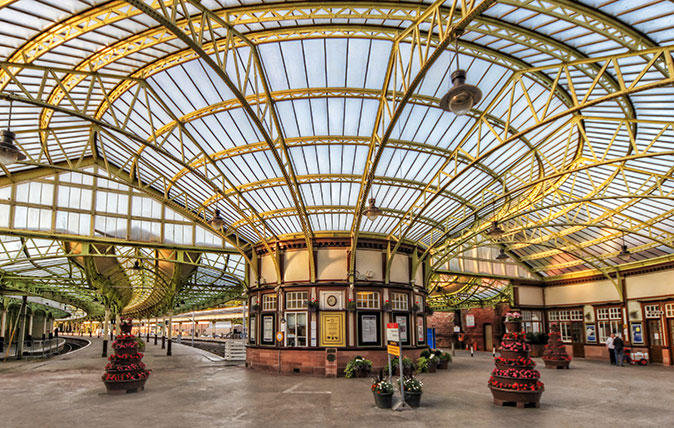
The railway is one of the most useful and benign contributions Great Britain has made to civilisation. However, efficient as it is for carrying goods, it would not have been much use to passengers without a method of transferring them from road to carriage – that is, without the development of the railway station.
This was something the pioneers of the railway could not have anticipated, but it is extraordinary how rapidly the building type developed, whether the big urban terminus or the little country station on a quiet branch line.
The original eastern terminus of the first proper steam passenger railway in the world, George Stephenson’s Liverpool & Manchester, miraculously survives (as part of Manchester’s Museum of Science and Industry) and is included in this splendid book. Not knowing what a railway (NOT ‘train’, please) station might be, its designers made it a red-brick terrace with a distinctive stone façade for First Class passengers. It looked like a learned institution or a bank.
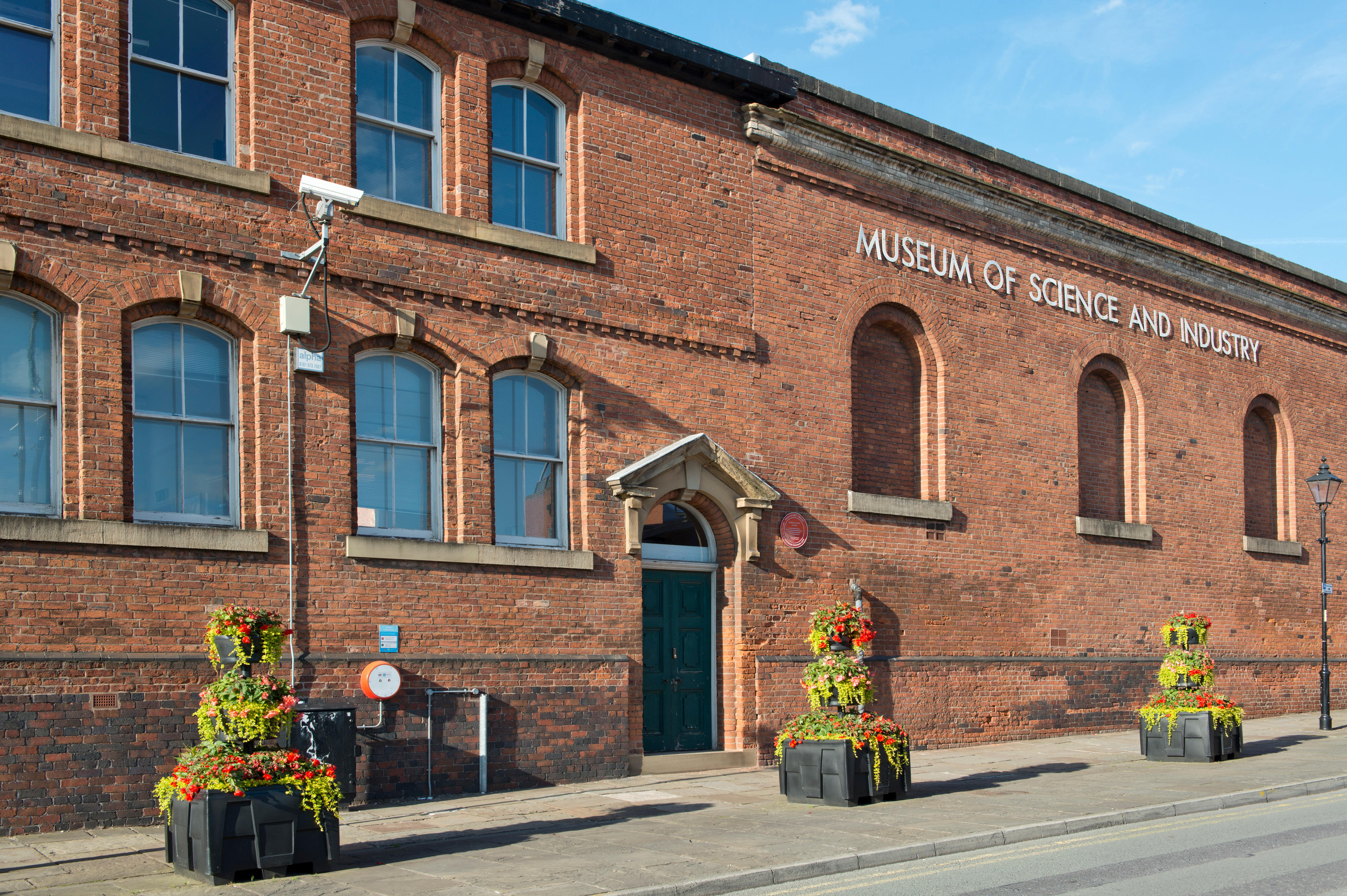
Yet, within 30 years, the urban station had exploited the new building technology of iron and glass to have both trains and passengers sheltered by vast transparent roofs.
The associated masonry buildings were substantial structures in one of the fashionable styles of the day: Gothic at St Pancras and Middlesbrough; Tudor at Bristol Temple Meads and Shrewsbury; Italianate at the endless Chester General; and the magnificent Corinthian station at Huddersfield, which resembles a Palladian country house.
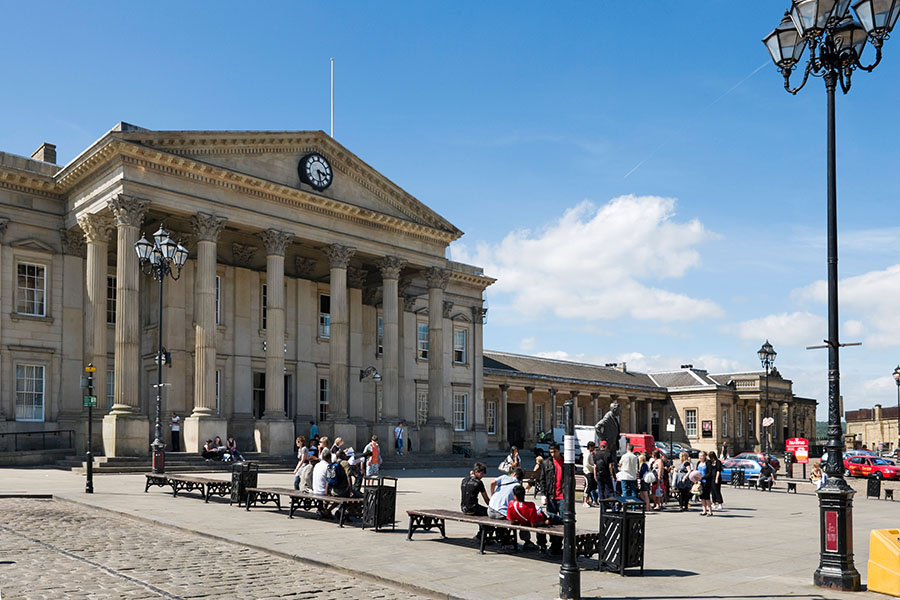
‘Railway termini and hotels are to the 19th century what monasteries and cathedrals were to the 13th century,’ noted the Building News in 1875. ‘They are truly the only representative buildings we possess.’
The great Victorian London termini – York, Newcastle Central, Liverpool Lime Street, Edinburgh Waverley, Glasgow Central – all are here in this well-illustrated survey.
Exquisite houses, the beauty of Nature, and how to get the most from your life, straight to your inbox.
Above all is St Pancras, with its Gothic hotel and stupendous single-span shed. Threatened with extinction half a century ago, it has been triumphantly restored as the Eurostar terminal in a supreme and optimistic vindication of the Victorians’ belief in building well.

London inevitably dominates, but the good thing about this selection is that many forgotten, but splendid, stations in country towns are included.
They include Bury St Edmunds, eccentric and surprisingly monumental for a Suffolk market town; Stamford, in picturesque Gothic; and Great Malvern, with its Ruskinian ironwork, most suitable for a town full of Victorian schools.

There are also a number of little country stations featured, perhaps with platform canopy valances of decorative timber, a cast-iron footbridge and picturesque buildings, which were once such a feature of rural Britain.
These include Rannoch on the West Highland Line, the most remote and isolated station I have ever alighted at.
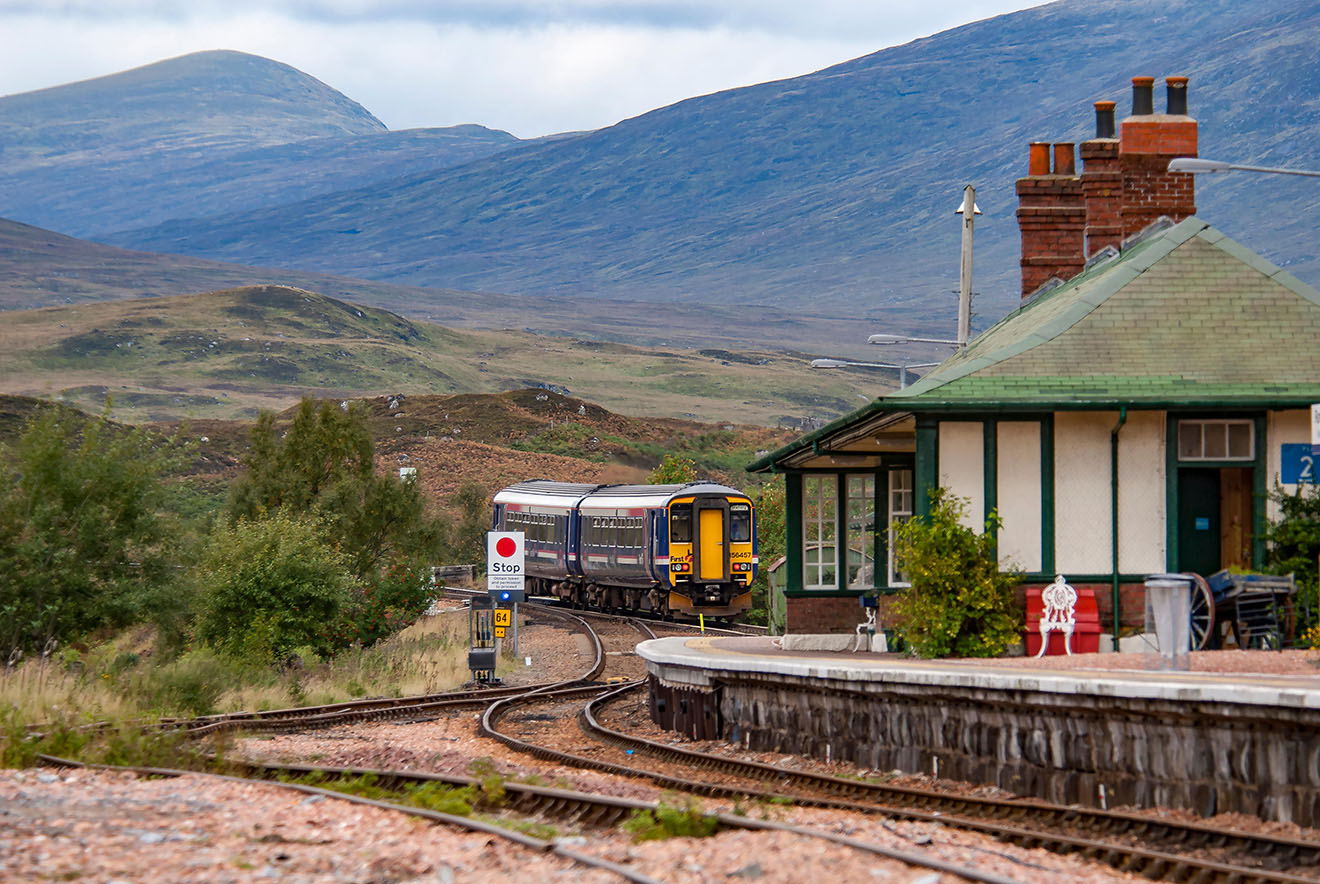
Scotland comes out well in the selection, what with Perth, Gleneagles and Pitlochry. Best of all is Wemyss Bay (pictured at the top of this page), that Edwardian triumph of transport ergonomics, a masterpiece in steel, glass, stone and timber in which every detail seems perfect.
Thanks to Beeching, postwar pessimism and neglect, stupidity and the unequal battle with the motor car, the litany of great stations destroyed in the period of ‘Devastation’ is long and sad: the Euston ‘Arch’, of course, but also Glasgow St Enoch, Birkenhead Woodside, Nottingham Victoria, Birmingham Snow Hill and Crystal Palace High Level, as well as countless small stations.
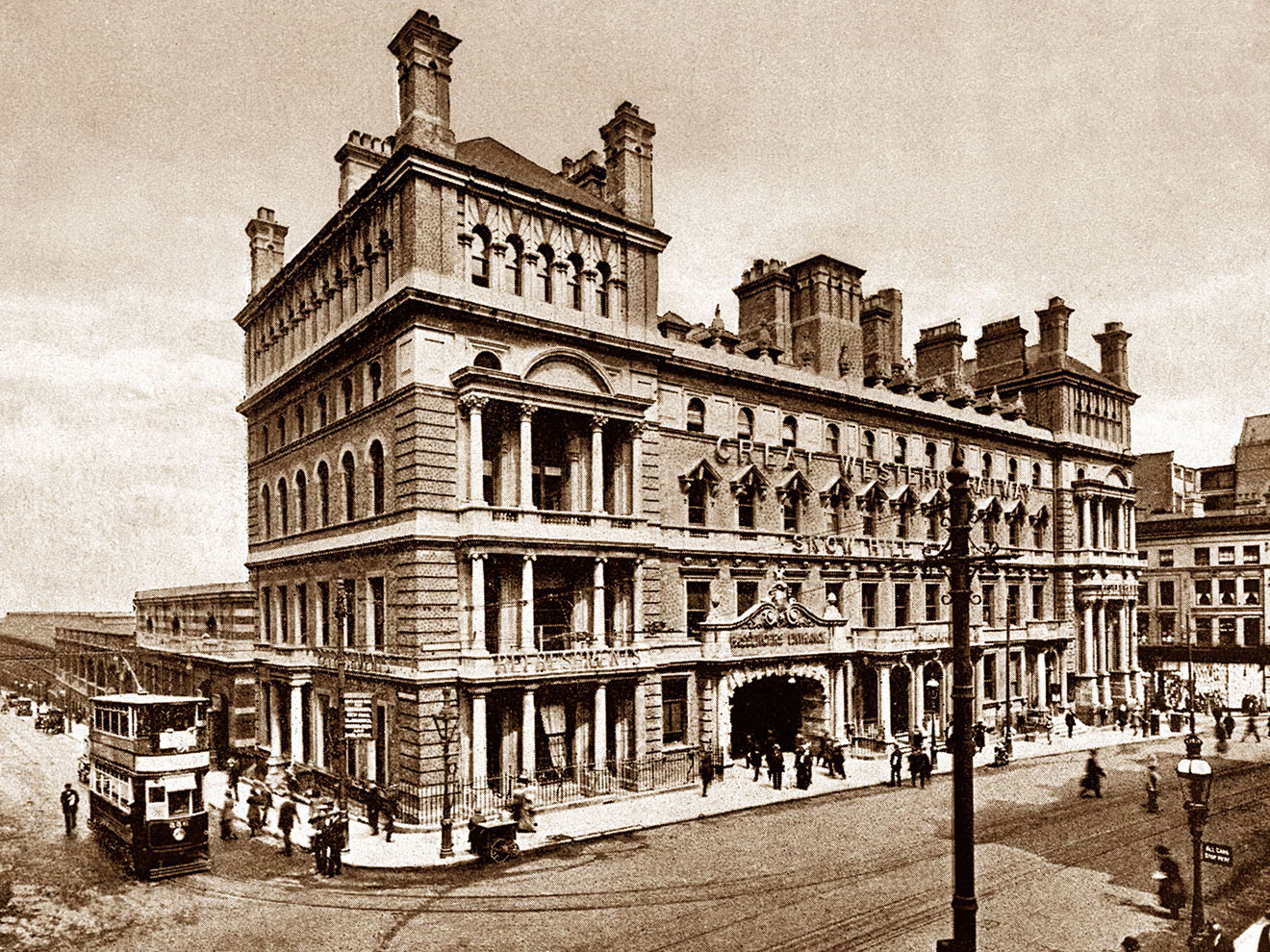
Simon Jenkins is right to ‘take some pride in the fact that… no important station (other than Newmarket) was lost after 1980, though smaller ones continued to disappear’, because it was he who, in 1984, founded the Railway Heritage Trust, which has done so much to rescue and restore fine examples of railway architecture.
He is therefore the perfect author to compile an inventory of the best survivors and to pay tribute to the most talented railway architects – David Mocatta, G. T. Andrews, Charles Henry Driver and James Miller – and to give a succinct history of the rise, fall and rise again of Britain’s railways.
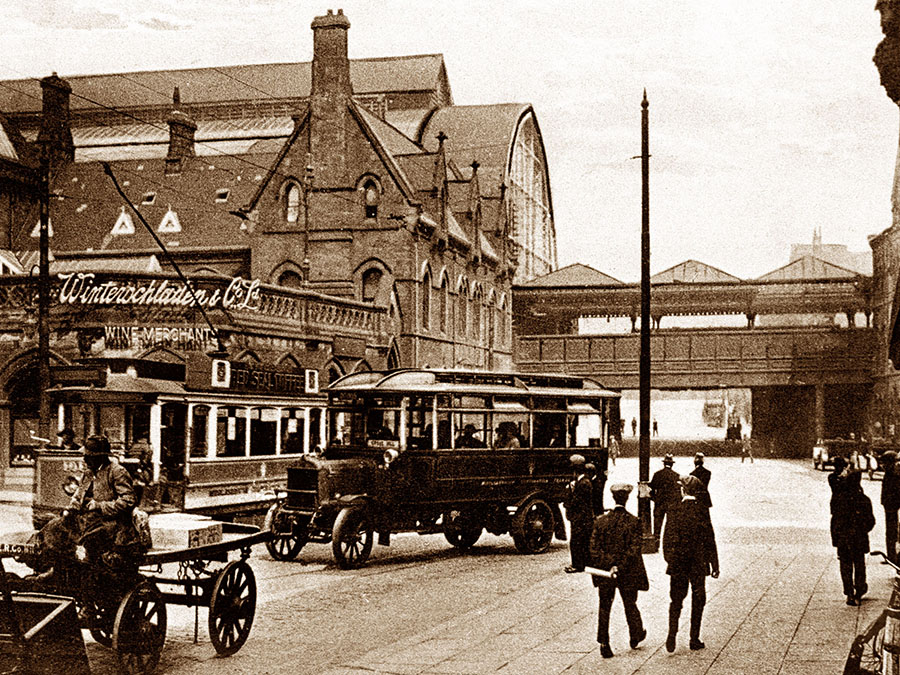
It is just a pity that a few of the contributions of his researchers are a little suspect. A garbled quotation is offered to account for the myth that the University kept Cambridge Station at a distance when the real objection was to running excursion trains on a Sunday. The correct quote is funnier, as a protest was sent in 1844 to the directors of the Eastern Counties Railway claiming that ‘such a proceeding would be as displeasing to Almighty God as it is to the Vice-Chancellor of the University of Cambridge’.
Anyway, the original Cambridge Station is still there, with its most elegant arcade front designed either by Francis Thompson or Sancton Wood – it is one of Britain’s best.
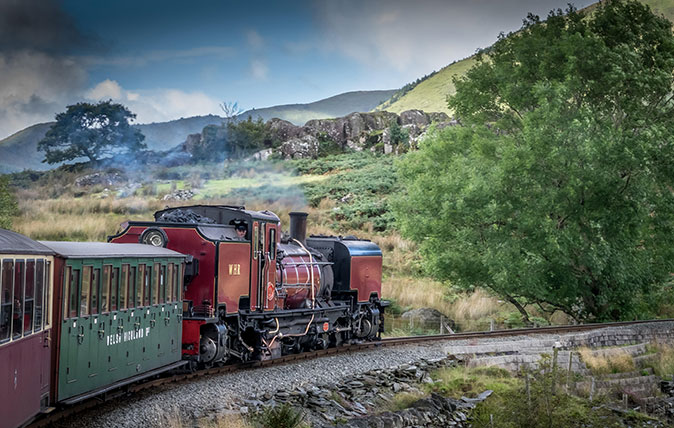
Credit: Alamy
Britain's most beautiful narrow-gauge railways, from Norfolk to Wales
-
 'Good news, let’s make the £20 million deal happen': The Mansion Tax that turned out to be 'the least worst outcome for prime property', and the places that will be hit
'Good news, let’s make the £20 million deal happen': The Mansion Tax that turned out to be 'the least worst outcome for prime property', and the places that will be hitWhere in Britain are the £2 million homes set to be hit by the Mansion Tax? Anna White takes a look.
-
 A very taxing quiz indeed: Country Life Quiz of the Day, November 26, 2025
A very taxing quiz indeed: Country Life Quiz of the Day, November 26, 2025Test your general knowledge in today's Quiz of the Day.
-
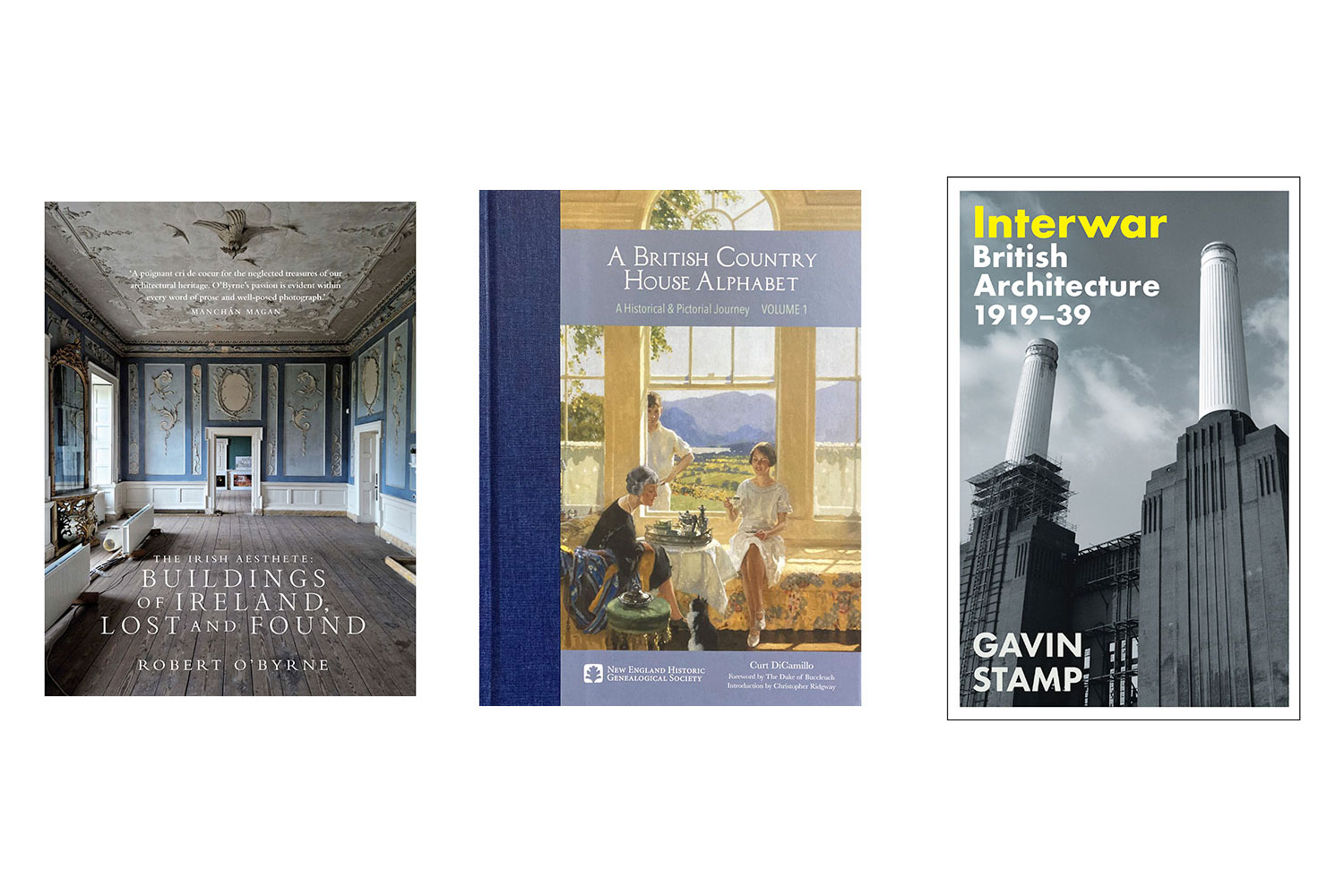 The 12 architecture books you should read in 2025, by our architectural editor John Goodall
The 12 architecture books you should read in 2025, by our architectural editor John GoodallJohn Goodall assembles a shortlist of his favourite architecture books published recently.
-
 How M.R. James wove country house architecture into his ghost stories
How M.R. James wove country house architecture into his ghost storiesIn his ghost stories, M. R. James had a perceptive eye for architectural detail, as Jeremy Musson explains and Matthew Rice evokes in specially commissioned drawings.
-
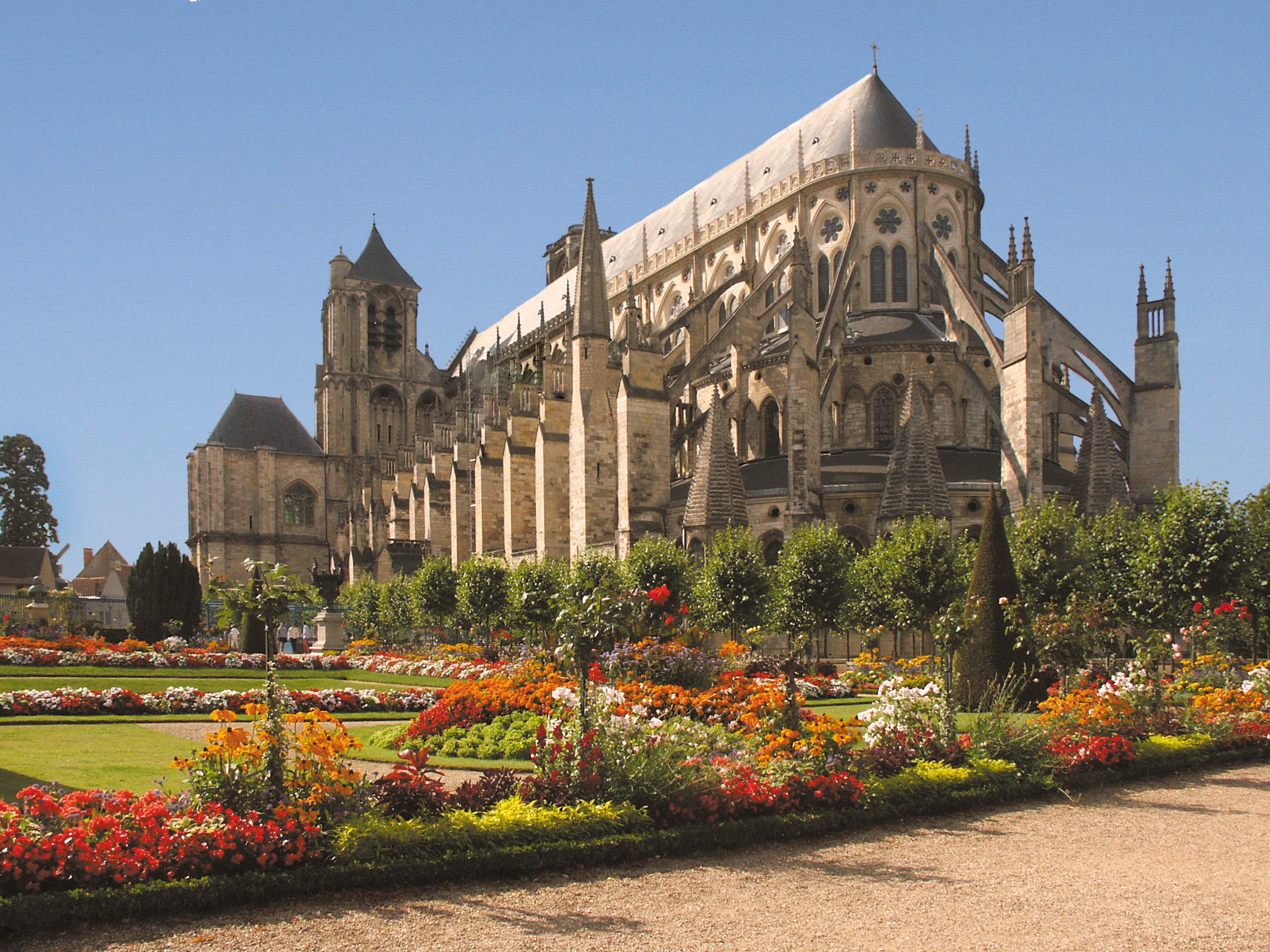 The 100 greatest cathedrals in Europe, as picked by Simon Jenkins
The 100 greatest cathedrals in Europe, as picked by Simon JenkinsSimon Jenkins gives himself a daunting task with his latest book, Europe's 100 Best Cathedrals (Viking, £30), which does no less than attempt to both explain and judge the masterpieces of western civilisation. Clive Aslet took a look and found a tome that will set readers 'afire to go on architectural pilgrimage'.
-
 The photographs (and photographers) who shaped the English country house style from the 1900s up to today
The photographs (and photographers) who shaped the English country house style from the 1900s up to todayTo coincide with the publication of his new book illustrated from the archives of Country Life, 'English House Style', John Goodall considers the long tradition of the magazine’s peerless interior photography.
-
 The vast and audacious architecture of London's greatest theatres
The vast and audacious architecture of London's greatest theatresRoger Bowdler takes a look at 'London’s Great Theatres', a new book by Simon Callow with photography from Derry Moore.
-
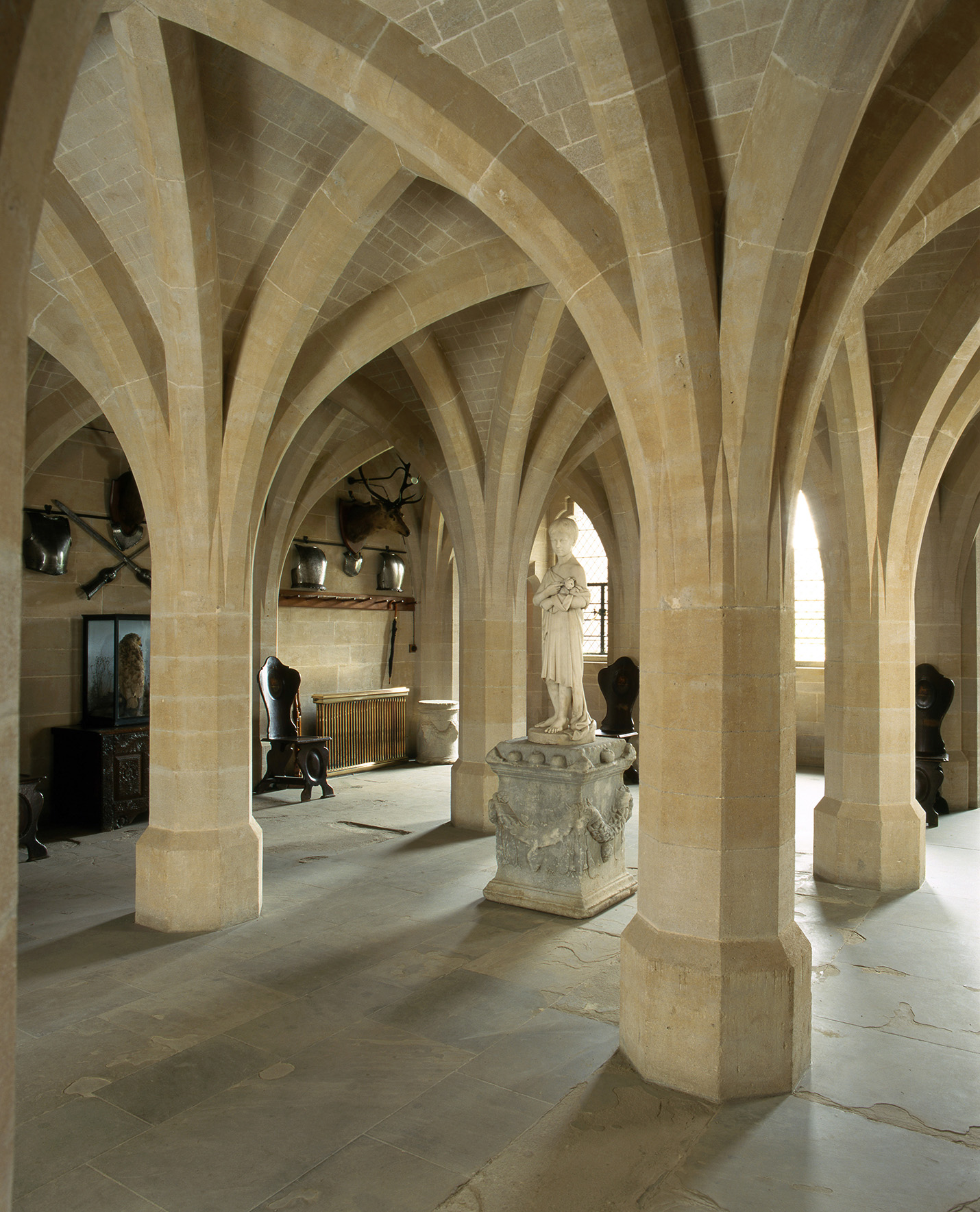 The latest update to Pevsner brings the 21st century update 'tantalisingly close to completion'
The latest update to Pevsner brings the 21st century update 'tantalisingly close to completion'The work of updating Nikolas Pevsner and Ian Nairn's magnum opus on the buildings of England continues with a volume focusing on West Sussex. John Goodall takes a look.
-
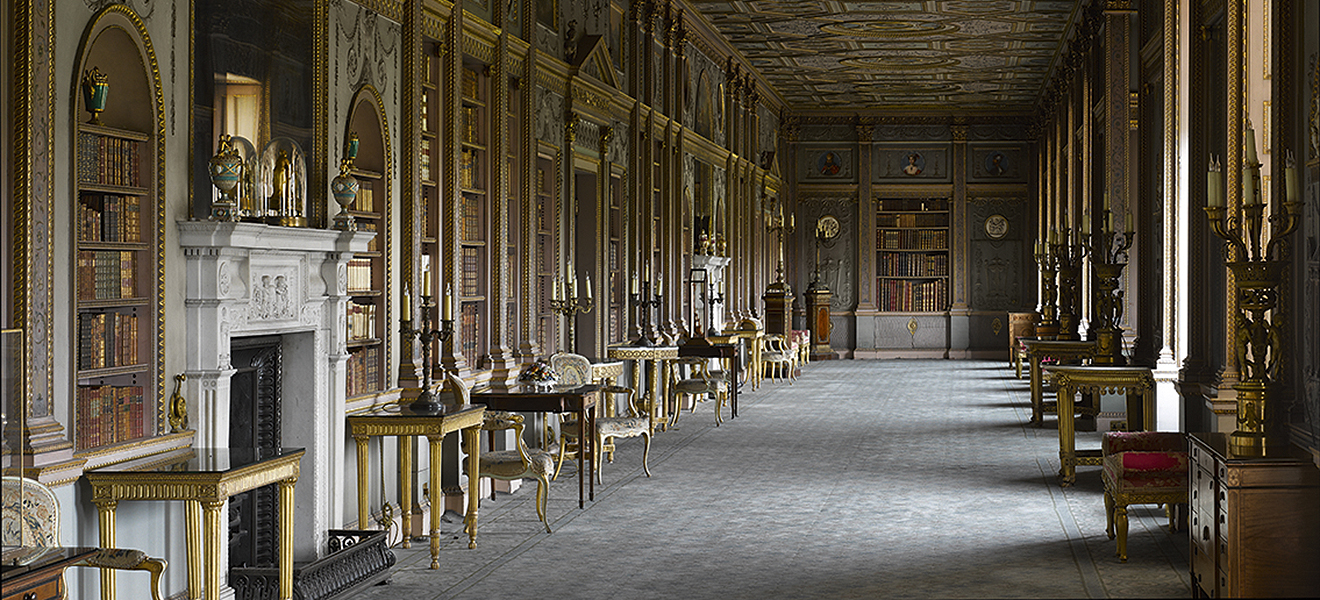 The Country House Library: Why these rooms and their collections need to be taken much more seriously
The Country House Library: Why these rooms and their collections need to be taken much more seriouslyA new account of the country-house library will compel us all to reassess these rooms and their collections, says John Goodall.
-
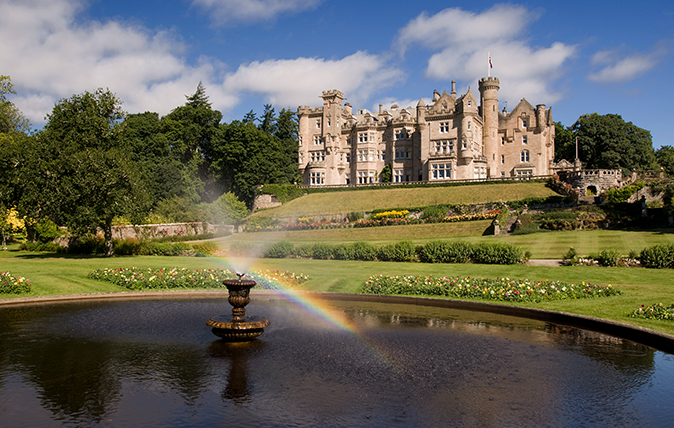 Highland Retreats review: Proof that shooting lodges that aren’t all freezing monstrosities
Highland Retreats review: Proof that shooting lodges that aren’t all freezing monstrositiesA new book by Mary Miers, Country Life's fine arts and books editor, had Adam Nicolson gripped.